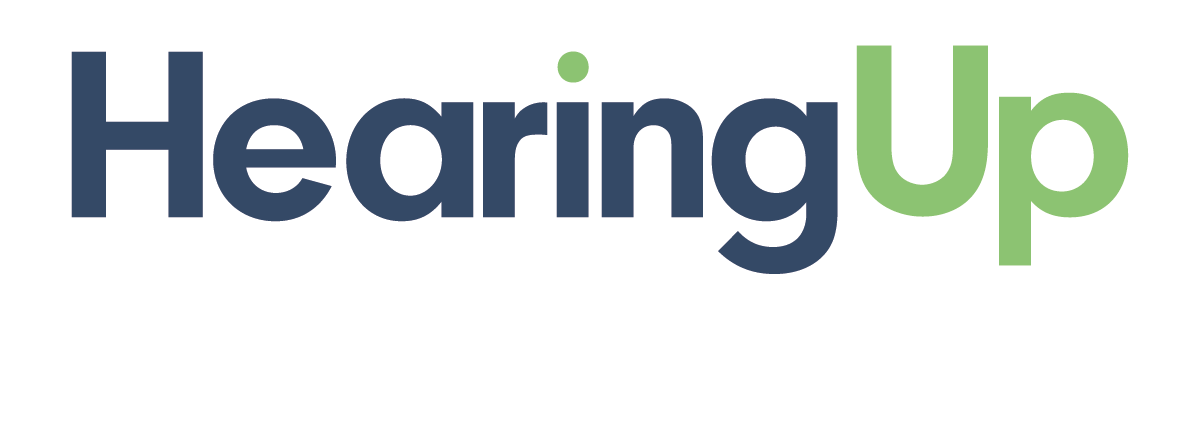On purpose, our educational blogs provide reputable information, for your benefit. You should understand how systemic ways in which hearing loss relates to common medical conditions may negatively impact quality of life and in some circumstances, safety. With these goals in mind, far too few people sense how hearing capacity, balance and the risk of falls are intertwined.
As we age, our risk of falling increases. Data shows approximately 67% of emergency room visits for adults 65–85+ are for falls, considered a leading cause of injury-related deaths. The cliché is true… with respect to the risk of falls, an ounce of prevention is worth a pound of cure.
Research indicates those with hearing challenges have poorer postural balance, an important factor in standing and walking stability. This may be caused by having fewer sensory cues in daily surroundings which help with spatial orientation and hazard avoidance. Further, the shared pathways between hearing and balance-related brain structures can make it more difficult for older adults to focus reduced attention capacity in safely finding their way.
Within our brains there are shared pathways between hearing and balance-related structures. Those with hearing challenges often have difficulties with postural balance, an important factor in standing and walking stability. When one has fewer sensory cues, as in not hearing well, it is more difficult to sense and navigate hazards in activities of daily living. By way of analogy, should those who are extremely nearsighted drive without necessary vision correction?
Falling can also be caused by dizziness which encompasses various sensations including feeling unsteady on your feet, woozy or faint. Often times, vertigo is experienced, as if you or your surroundings are spinning or moving. These episodic symptoms may be triggered and worsened by walking, standing up or head movements.
Does it surprise you to discover that dizziness (including vertigo) affects about 15% to over 20% of adults yearly in large population-based studies?
Given the prevalence of dizziness, gain familiarity with functional struggles which may signal the need for expert evaluation. To identify common symptoms:
Are you experiencing …?
- Sense of motion or spinning (vertigo)
- Fatigue
- Memory loss or inability to concentrate
- Loss of balance (disequilibrium)
- Dizziness and nausea
- Falling or feeling as if you are going to fall
- Light-headedness, faintness, or a floating sensation
- Difficulty reading
- Confusion or disorientation
- Fogginess
Because dizziness causality is often difficult to determine, various medical specialists may be involved in developing personalized treatment plans. To get and effectively diagnose issues of concern, skilled coordination among clinical experts is crucial. Knowing which to see, in what sequence, will help reduce dizziness symptoms in the timeliest and cost-effective manner. Count on us to answer your important questions and as indicated, suggest proper referrals.
It is in the best interests of you and your loved ones to benefit from professional hearing tests and evidence-based balance evaluation. While many things in life surprise us, we know that hearing your best can help reduce the risk of falls.
Are you or a loved one experiencing dizziness symptoms? Since resolving dizziness concerns can be confusing, getting your hearing checked is a smart start. Instead of risking a fall, make it a priority to give us a call. By talking to our hearing care professionals, you will get sound advice on logical action steps which help bring life back in balance.







